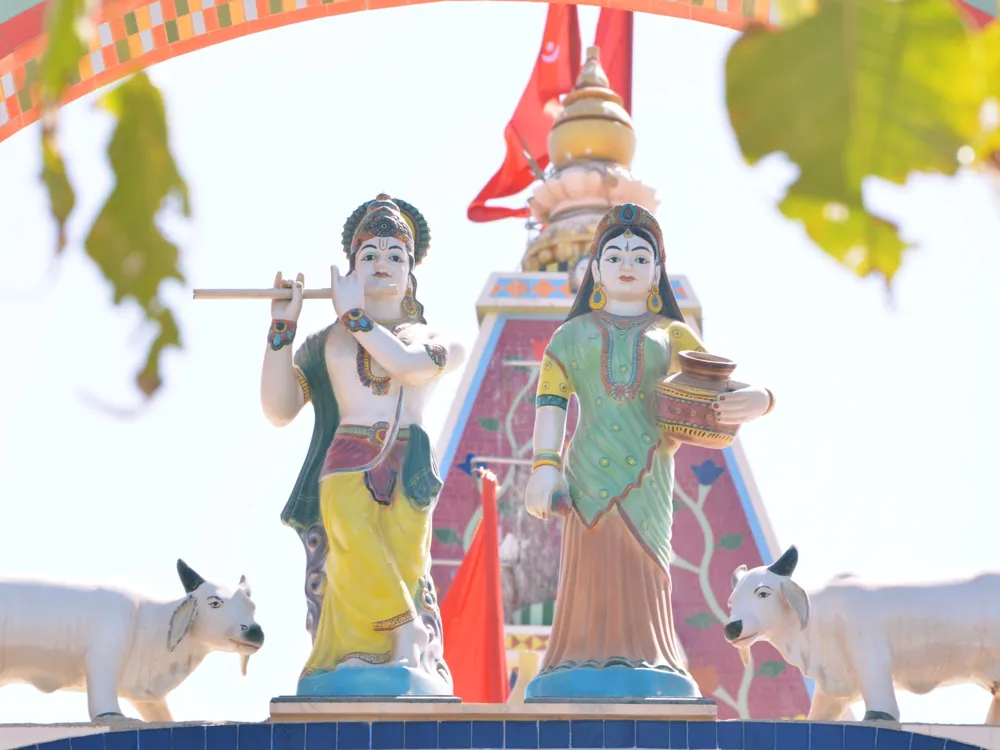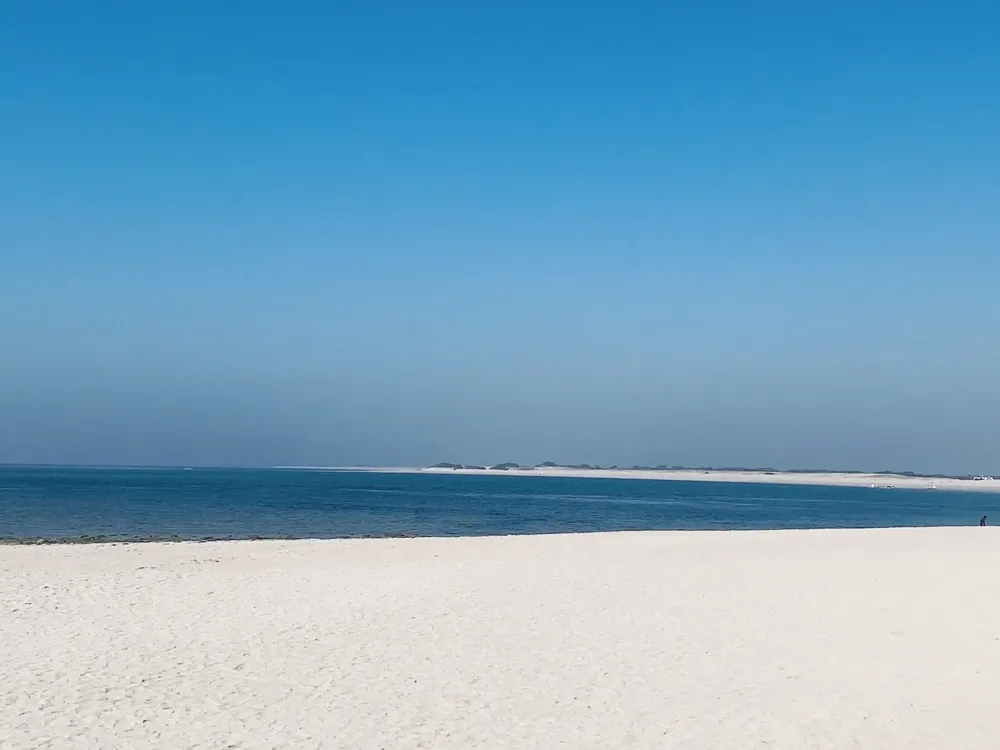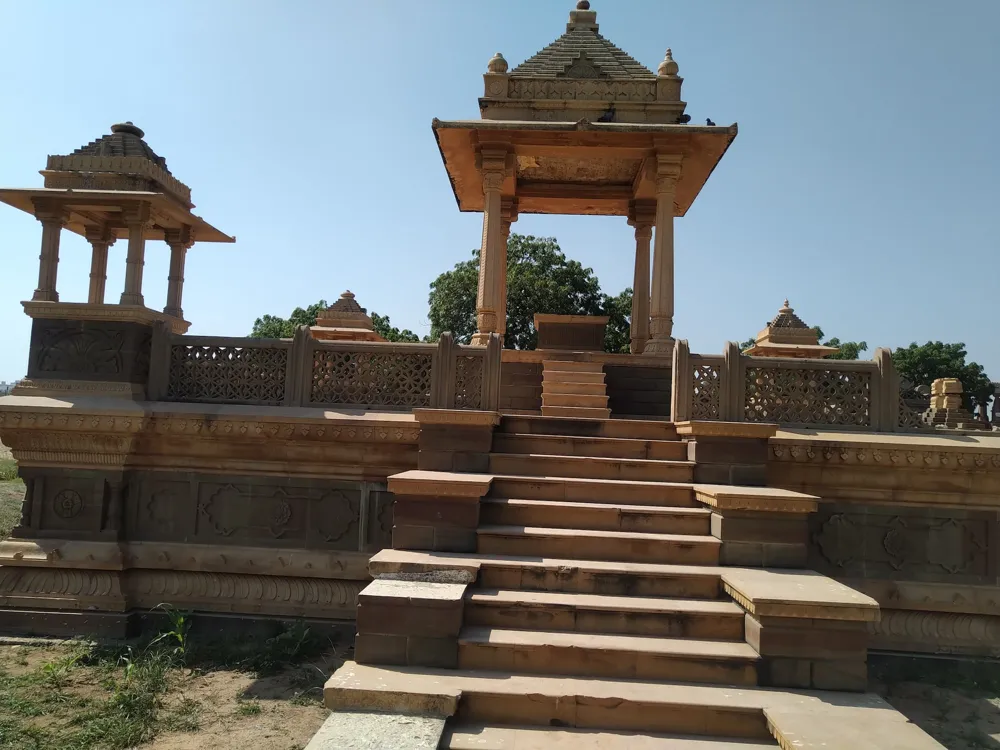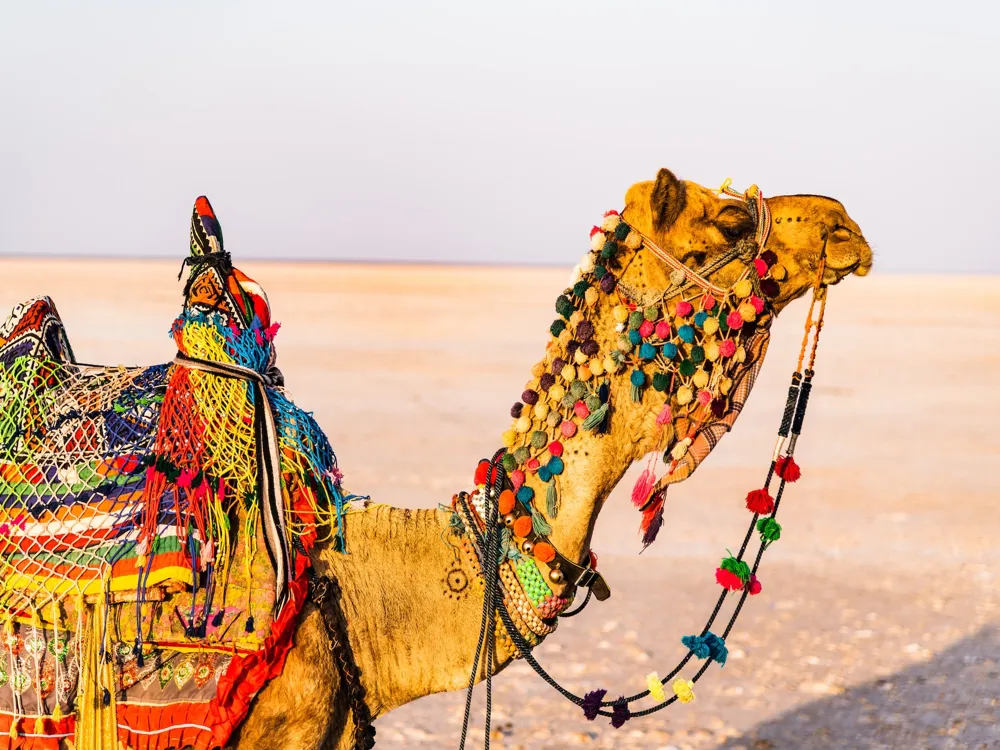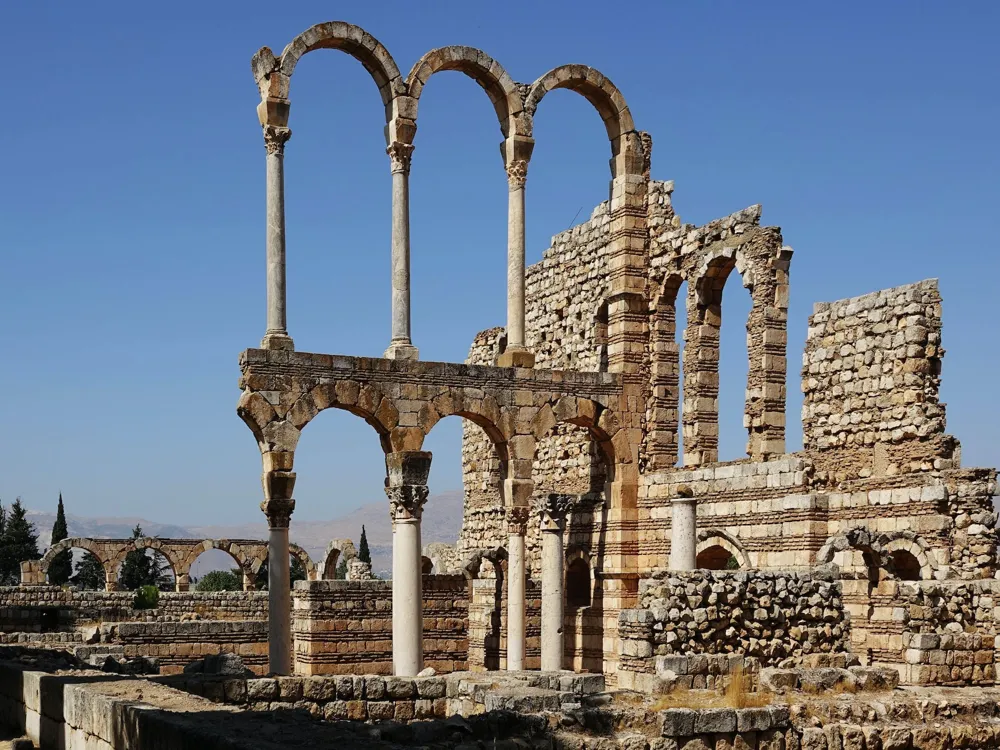The Dwarkadhish Temple, also known as the Jagat Mandir, holds a revered spot in the heart of Dwarka, Gujarat. This ancient temple, dedicated to Lord Krishna, is an architectural marvel and a key pilgrimage site for Hindus. Its history is steeped in mythical tales and religious significance, dating back over 2500 years. The temple is considered a part of the Char Dham pilgrimages, making it a must-visit destination for devotees and tourists alike. Legend has it that the original temple was built by Vajranabha, Lord Krishna's grandson, over the hari-griha, the lord's residential place. Over centuries, the temple witnessed several reconstructions and renovations, with the current structure dating back to the 15th-16th century. The temple’s location at the confluence of the Gomati River and the Arabian Sea adds to its mystical charm, believed to be the gateway to Moksha, the ultimate liberation. The five-story main shrine is supported by 72 pillars, a testament to ancient architectural skills. The temple's spire, soaring to a height of about 78 meters, dominates the Dwarka skyline. Intricate carvings and sculptures adorn the temple, depicting various episodes from Lord Krishna's life and the Mahabharata. The sanctum sanctorum houses the deity of Lord Dwarkadhish, a form of Lord Krishna, capturing hearts with its divine presence. The architectural grandeur of the Dwarkadhish Temple is a harmonious blend of Chalukyan, Gujarati, and Maru-Gurjara architectural styles. Its structure represents a unique confluence of symbolism, science, and art, standing as a beacon of India's rich cultural heritage. The temple's towering shikhara (spire), reaching skywards, is an awe-inspiring sight, often seen as a symbol of the divine axis connecting heaven and earth. As one approaches the temple, the grandeur of its structure becomes apparent. The main temple, built on a high plinth, is accessible through a flight of 56 steps, symbolically representing the 52 administrative divisions of the Yadava dynasty and the four stages of human life. The temple's exterior is embellished with intricate carvings, sculptures, and friezes, each telling a story from Hindu mythology. Inside, the sanctum houses the deity of Lord Dwarkadhish, positioned in the inner sanctum called the Garbha Griha. Surrounding this are various smaller shrines and halls, including the Sabha Mandap (assembly hall) and the Nij Mandap (private worship chamber). The Sabha Mandap is an architectural marvel in itself, supported by a stunning array of intricately carved pillars, each depicting different themes from Krishna's life and the epics. The ideal time to visit Dwarkadhish Temple is during the cooler months from November to February. Pilgrims should also consider visiting during Janmashtami, the birth anniversary of Lord Krishna, which is celebrated with great fervor here. Visitors should adhere to a modest dress code, ideally covering shoulders and legs. It is also recommended to maintain a respectful demeanor within the temple premises, adhering to the sanctity of the place. Photography is generally not permitted inside the main temple complex. Visitors should respect these restrictions and avoid taking photos in prohibited areas. Dwarka offers various accommodation options, from budget lodges to luxury hotels. It is advisable to book in advance, especially during peak seasons and religious festivals. Dwarka is well-connected by road, rail, and air. The nearest airport is in Jamnagar, about 137 kilometers away. From there, one can hire a taxi or take a bus to Dwarka. The city also has its railway station, Dwarka Railway Station, which is well-connected to major cities in India. For those traveling by road, Dwarka is easily accessible via national and state highways, with regular bus services from nearby cities. Read More: Overview of Dwarkadhish Temple, Dwarka, Gujarat
The architecture of Dwarkadhish Temple
Tips When Visiting Dwarkadhish Temple
Best Time to Visit
Dress Code and Conduct
Photography Restrictions
Accommodation and Facilities
How To Reach Dwarkadhish Temple
Dwarkadhish Temple
Dwarka
Gujarat
₹ 8,500 onwards
View dwarka Packages
Weather :
Label : Must Visit
Tags : Temple
Timings : 6:00 AM - 1:00 PM
5:00 PM - 9:30 PM
Time Required : 1-2 Hrs
Entry Fee : No entry fee
Planning a Trip? Ask Your Question
Dwarka Travel Packages
View All Packages For Dwarka
Top Hotel Collections for Dwarka

Private Pool

Luxury Hotels

5-Star Hotels

Pet Friendly
Top Hotels Near Dwarka
Other Top Ranking Places In Dwarka
View All Places To Visit In dwarka
View dwarka Packages
Weather :
Label : Must Visit
Tags : Temple
Timings : 6:00 AM - 1:00 PM
5:00 PM - 9:30 PM
Time Required : 1-2 Hrs
Entry Fee : No entry fee
Planning a Trip? Ask Your Question
Dwarka Travel Packages
View All Packages For Dwarka
Top Hotel Collections for Dwarka

Private Pool

Luxury Hotels

5-Star Hotels

Pet Friendly







